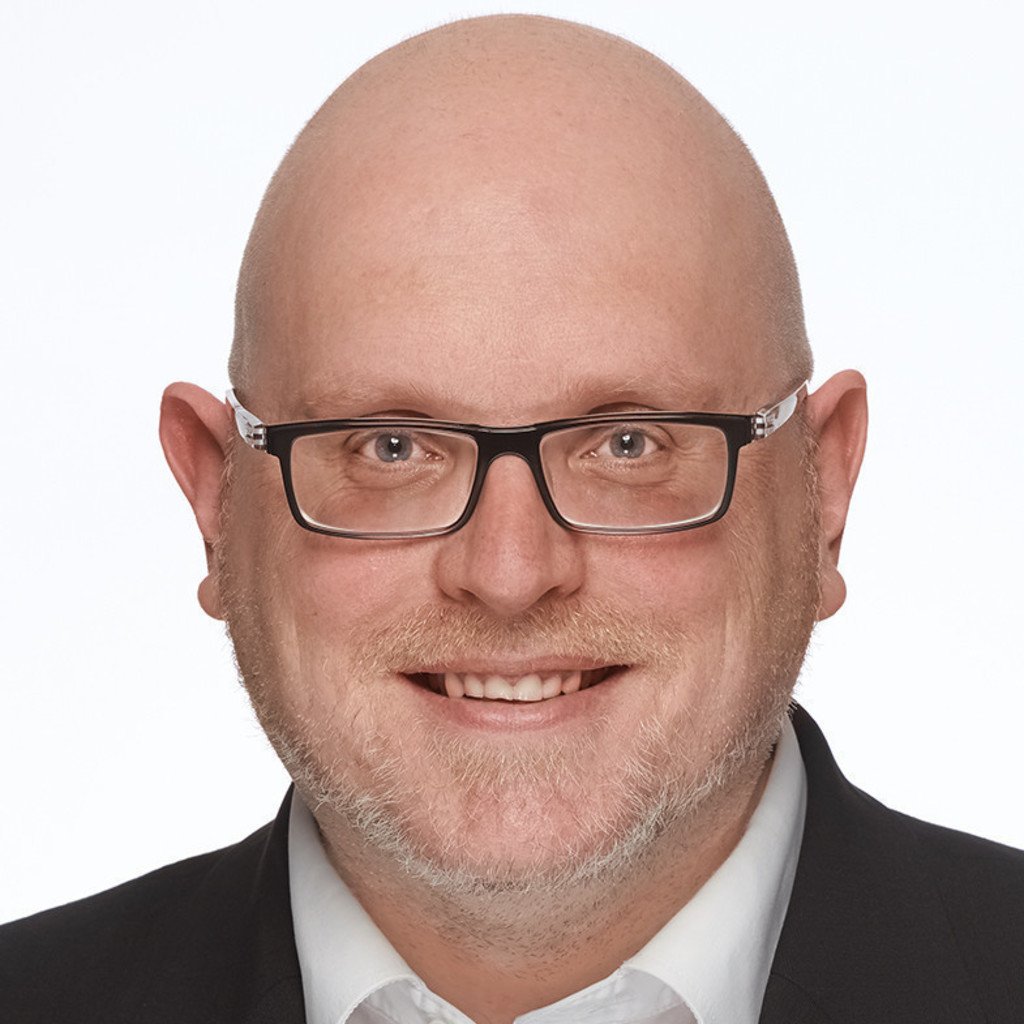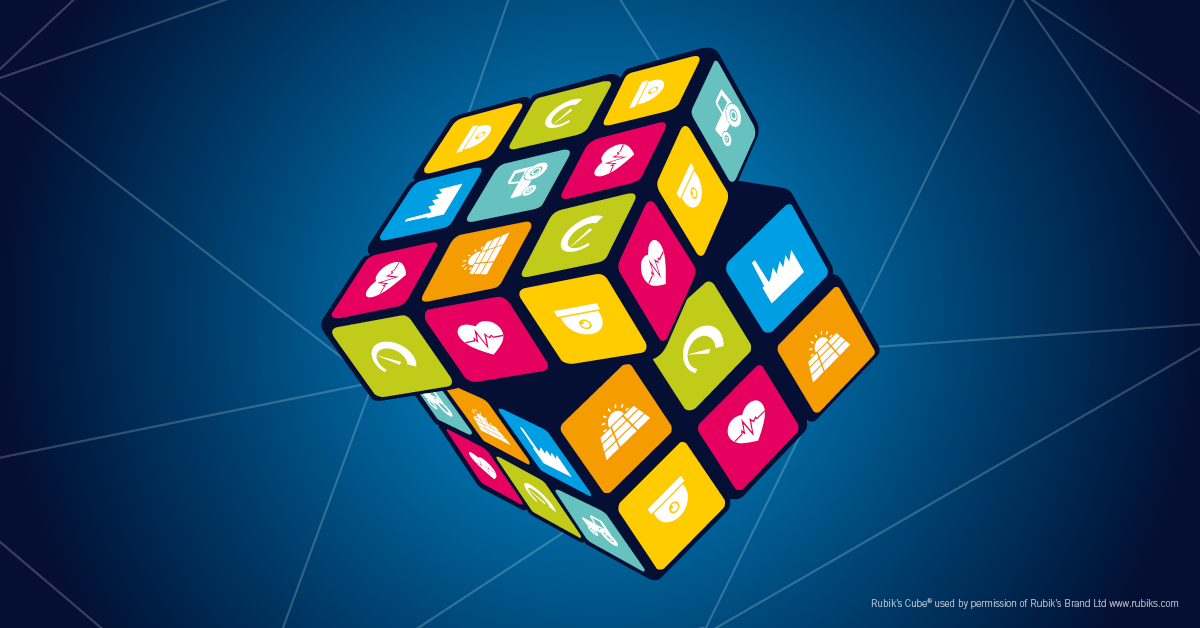As CTO of a monitoring company that has become successful in the classic IT sector, I face many challenges. Some recurring questions: How can we at Paessler transfer over 20 years of experience in network monitoring to future technological developments, especially the Internet of Things? Which overall goals, milestones and methods should I introduce from a management perspective? And what specific opportunities do I see for Paessler?
The One Thing
The Internet of Things (IoT) refers to a new technical landscape where devices are connected and share information directly with other devices. That allows for virtually endless interactions. In his 1991 essay "The Computer for the 21st Century" the computer scientist Mark Weiser used the term ubiquitous computing to describe this vision for the first time. His essay is the inaugural written record of the present-day idea of the IoT; it begins with the words: “The most profound technologies are those that disappear. They weave themselves into the fabric of everyday life until they are indistinguishable from it.” What sounded like an utter fantasy in 1991 will get entirely realized in the 2020s.
In addition to the idea of the numerous, virtually invisible devices that exist around us to simplify our lifes, the IoT is based on the idea of a comprehensive network. For this reason, the plural in “Internet of Things” might seem misleading. Ultimately, everything gets connected, many become one, and there just remains this one, invisible thing. That is the ubiquitous objective.
Paessler became known for its monitoring software PRTG. On the one hand, we feel predestined to transfer our experience and technical know-how to applications for the Internet of Things. On the other hand, we are aware of the effort and uncertainty that characterizes any new market that has not yet been entered.
But that's precisely what intrigues me. It is both provocative and gratifying to work on something entirely new. And if one needs a final persuasion as to why IoT will certainly turn our lifes around for the better, let me yet again refer to Mark Weiser's above essay, which ends with the words:
Most important, ubiquitous computers will help overcome the problem of information overload. There is more information available at our fingertips during a walk in the woods than in any computer system, yet people find a walk among trees relaxing and computers frustrating. Machines that fit the human environment, instead of forcing humans to enter theirs, will make using a computer as refreshing as taking a walk in the woods.
We all know the concept and management tool “Golden Circle” created by Simon Sinek. Mediocre companies first orient themselves on the "What", i.e. what to do to reach the goal; good companies first ask about the "How", i.e. how they wish to reach the goal. And excellent companies first look at the "Why", the big reason that underlies everything. Why should you achieve your goal in the first place? What is the benefit in the big picture?
The significance should not be underestimated that whatever you want to work on in the future, be it a solution for the Internet of Things or something else, corresponds to this Why. To some extent, the following is also about that.
The Compound Effect
If you start to become entrepreneurial in the field of IoT in 2019, you need to look at the five segments of a typical IoT value chain. These are:
- Objects (… that can be connected with each other via the Internet)
- Translation (… which refers to networks that manage data across devices)
- Connectivity (… which refers to the connection of sensors to the Internet)
- Platforms (… that connect the sensors, enabling easy monitoring)
- Applications (… everything from ERPs to CRMs, SCMs and analytical solutions)
But for all your consideration, you must keep in mind: IoT is growing fast. And it is more than just a market opportunity. The total installed base of IoT connected devices is projected to amount to 75.44 billion worldwide by 2025, a fivefold increase in ten years. There is much uncertainty about the exact direction, the details of this technological journey, which, from the perspective of a CTO, presents me with a serious balancing act. In 2019, I must make decisions for the future without neglecting the demands of the present. I must transfer empirical values from the classic IT sector to a market that does not yet finally exist.
Of course, it’s crucial to select the right overall goals. The choice should be guided by a compound effect, by what you already know well, by the expertise of your development teams and employees. If changes and transformations occur, they must be explained and exemplified. Best as a recurring task of your own to-do list. Change excellence equals a successful culture. It is also not a recurring on-the-job task, but a vital strategic capability for companies of all kinds and sizes.
Five to sometimes even ten change processes are currently running simultaneously in many companies. However, most change projects fail, and only a few manage change successfully. Everyone who has already broken a good New Year's resolution will know the reason. Change must be ritualized and made concrete. Be it through methods such as OKRs, Scrum, or various agility systems. Everyone in the company must internalize the fact that change is the order of the day and that what needs to be changed, the big overall task, can be divided into smaller elements that are feasible for everyone.
We at Paessler recognized many years ago that virtually the whole world can be monitored. At the same time we became aware that there will be ever fewer admins working 100% on premise while Edge becomes increasingly important. Data streams want to be processed in a resource-saving way, at least partially on the spot, for example directly within a factory, but still need to benefit from the advantages of the cloud. Then we realized that through PRTG's development and continuous evolution, we have gained and will continue to gain a lot of transferable experience, especially in data analysis, alerting and powerful dashboards.
The Power of Now
Once you have determined that you might have a solution for the Internet of Things, everything becomes concrete and vague at the same time.
A few concrete, practical questions to ask yourself: How large is my network of partners? How compatible is my possible solution? How many application deployments are there?
Something that may at first appear not so much effective is the testing of various processes. We at Paessler even went so far as to develop an entire, possible product and send it through all stages of product planning.
We knew that the extensive monitoring of photovoltaic systems was not exactly what you can call a blue ocean. Nevertheless, we've been enjoying a new PV system on our roof for a few months now and as a monitoring expert we couldn’t stop ourselves from monitoring the power output as accurately as possible, including a great visualization and anomaly detection. We developed a Minimum viable product (or MVP) to use it on our PV system. It was separate from PRTG and developed through a cross-functional approach with an interdisciplinary team. We discussed a possible product launch, made a market analysis and looked at what to consider in pricing and marketing. From this, we gathered valuable experience that is priceless for innovations to come.
What every company should ask itself, and what, in a sense, makes up the Power of Now, are the following 4 questions
- Where are we on our journey? Do we have the potential to create something new?
- Do we have something that doesn't solve any problems? If so, can we part from it?
- What are the strengths of the existing product(s)?
- How do we design the processes to build and sell a new product?
The second point should not be neglected. Because just as it makes sense to ritualize change, it is advisable to develop a certain criticism about which processes, meetings, or even products should receive less or no attention in the future. This opens new perspectives.
Through all these considerations, we have gradually learned to understand the Internet of Things market. We have realized that the last thing that business customers are looking for is an all-in-one device suitable for every purpose. The challenges and demands of industrial customers are too manifold to be met by such a product. We see great demand across the market for a cloud-native solution, which can be easily expanded and adapted.
I hope that these reflections have been helpful and give an impression of how we at Paessler are living change and try to find new solutions with a well-balanced blend of humility and bravery. And particularly because these considerations and empirical values are written from a CTO's point of view, it’s important for me to emphasize in conclusion: Business is a team sport. It’s not just one person.
 Published by
Published by 












